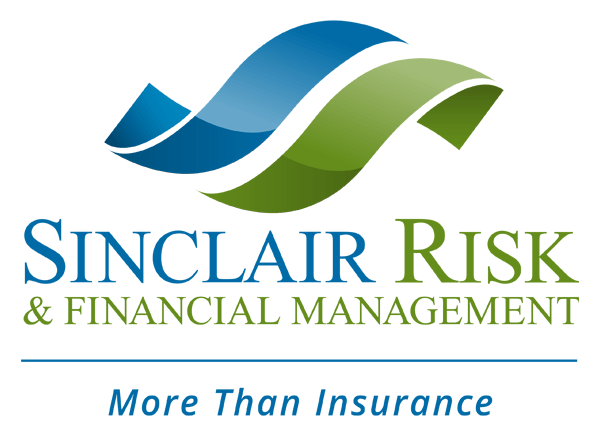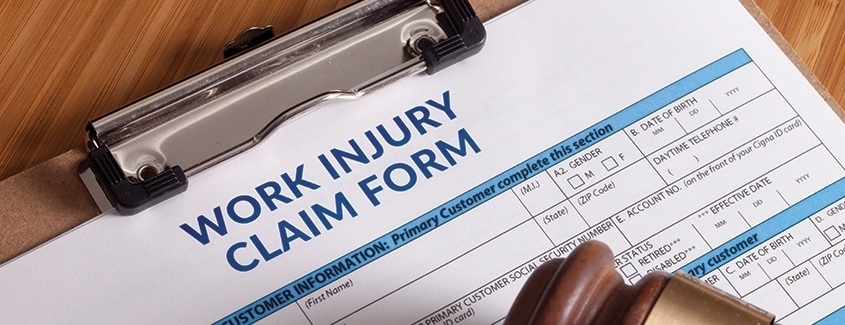Home healthcare workers are an essential component of the healthcare industry. They provide essential long-term service to patients who are unable to care for themselves.
However, the healthcare worker and his/her employer have little control over the working environment, which means the following safety hazards are quite common.
1. Patient handling and lifting – This is one of the leading causes of home healthcare worker injuries. Care providers routinely lift and transfer patients and perform repetitive tasks. Managers should carefully train staff in proper lifting techniques and encourage them to never lift beyond their means. Assistive devices (draw sheet, rollers, mechanical hoists, slide boards, etc.) are the most effective ways to ensure care providers aren’t injuring themselves. Insist these devices are used whenever necessary.
2. Infection, blood borne pathogen and disease – While home healthcare workers are trained to carefully use and dispose of all medical equipment, patients and their families may not be so responsible. The care provider may come in contact with improperly stored or maintained medical equipment (including needles) that pose a risk of infection or disease transference. Furthermore, proper disposal may not even be possible in the home.
3. The patients’ environments – Falls and slips are one of the most common causes of injury to home healthcare workers. Each environment is new and many are unmaintained due to the patient’s challenged health. Managers should train home healthcare workers to be mindful of dangers and avoid potential hazards. If an environment is truly unsafe, it must be remedied before care can be provided.
4. Documentation – Thorough and accurate documentation is an extremely important part of healthcare. Paperwork errors are common among home healthcare workers who spend time in environment that don’t lend themselves to administrative tasks. Care providers should ensure they take the time to diligently complete their records and follow documented processes so they can defend their care if necessary.
5. Animals and pets – Interacting with animals is a common part of home healthcare work. There is always the risk of bites, scratches, and allergic reactions. Even the most placid pet may feel threatened with a stranger in his territory. Healthcare providers should avoid contact with pets entirely until they have developed a relationship with the pets.
6. Unsanitary conditions – It’s not uncommon for patients with serious health challenges to live in unsanitary environments. Healthcare workers may come in contact with termites, scabies, rodents, bedbugs, and other unsanitary elements that containment medical equipment and supplies. Employers should train healthcare workers on how to avoid unsanitary conditions and, if necessary, recognize if an environment is acceptable for working. Agencies should consider having a process in place to connect patients with resources that could help them change their conditions to ensure health care workers can continue helping the patient(s).
7. Transportation – Naturally, home healthcare workers spend considerable time on the road exposed to all of the hazards one would expect. Employers need clear policies that outline safety guidelines (wear seat belts, no electronic devices, etc.) and administer driving safety training.
To begin building your organization’s safety policy for home healthcare workers, I encourage you to browse through OSHA’s resources, or give me a call to discuss some of Sinclair’s Risk Management resources. With proper training and documentation, you can protect your organization from serious liability.
Heather Sinclair
Risk Management Consultant
hsinclair@srfm.com


